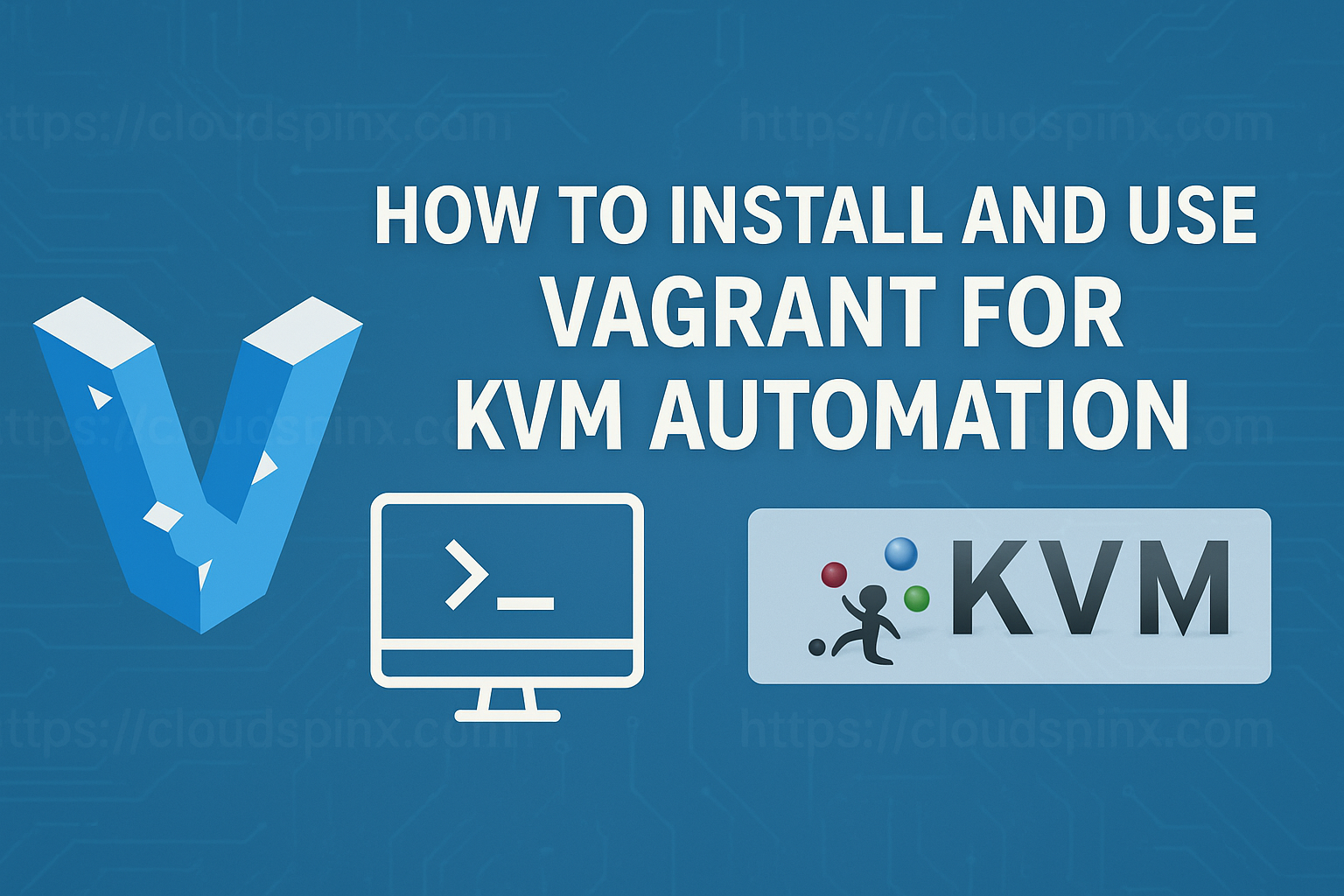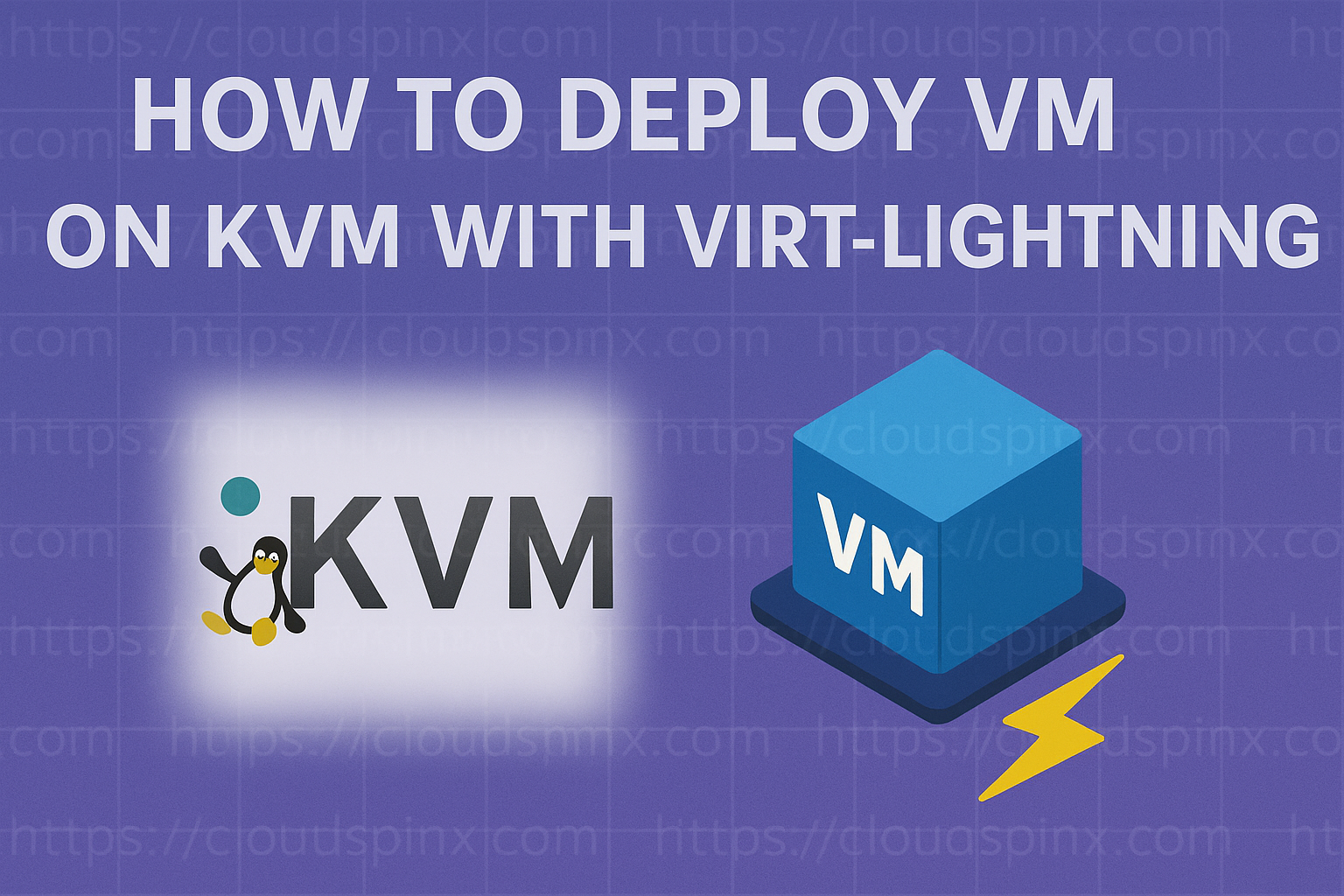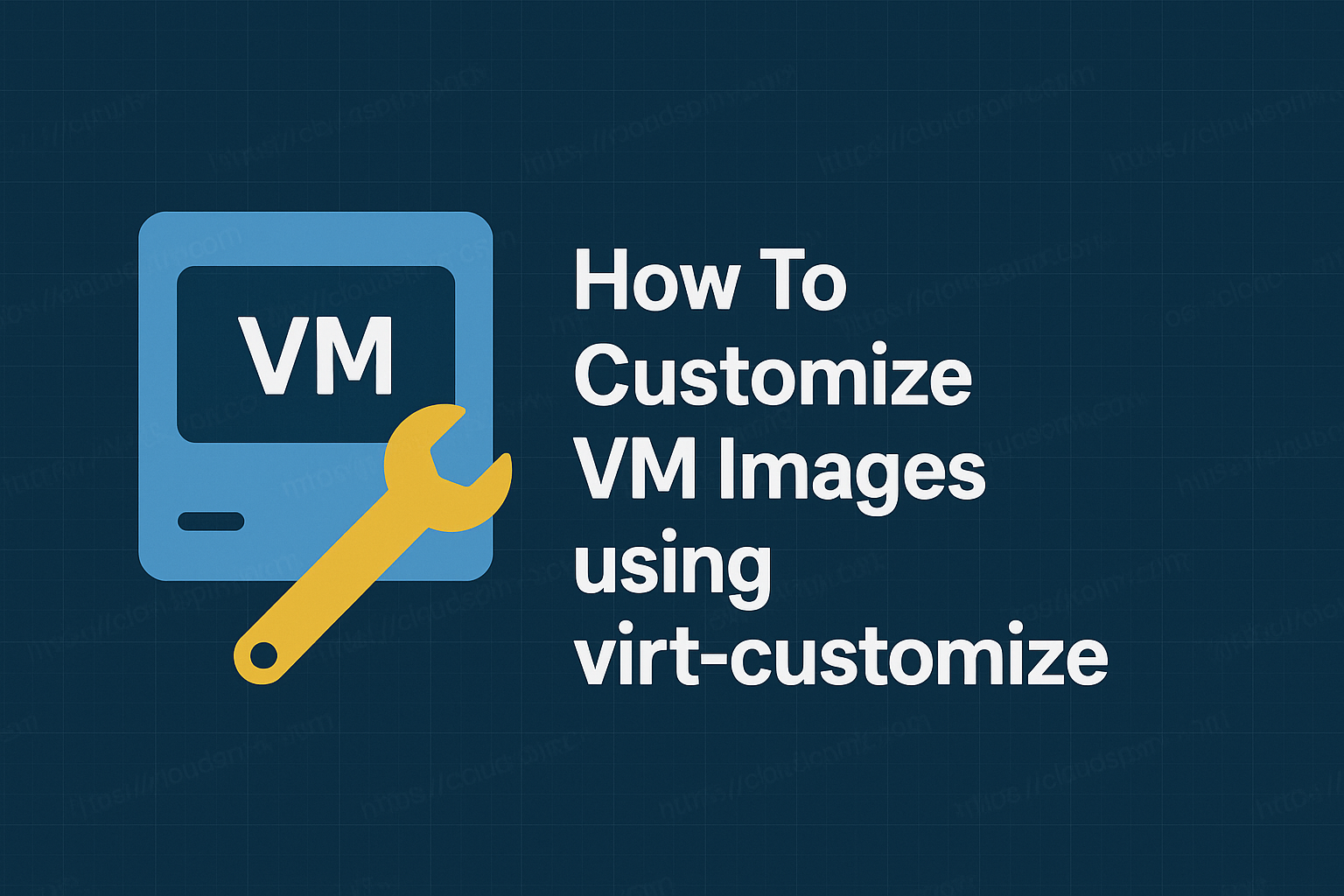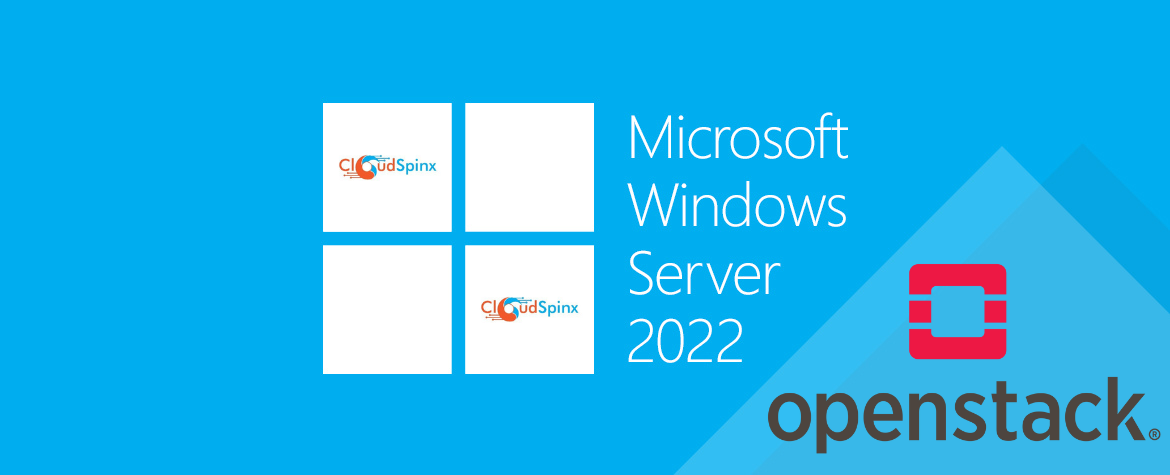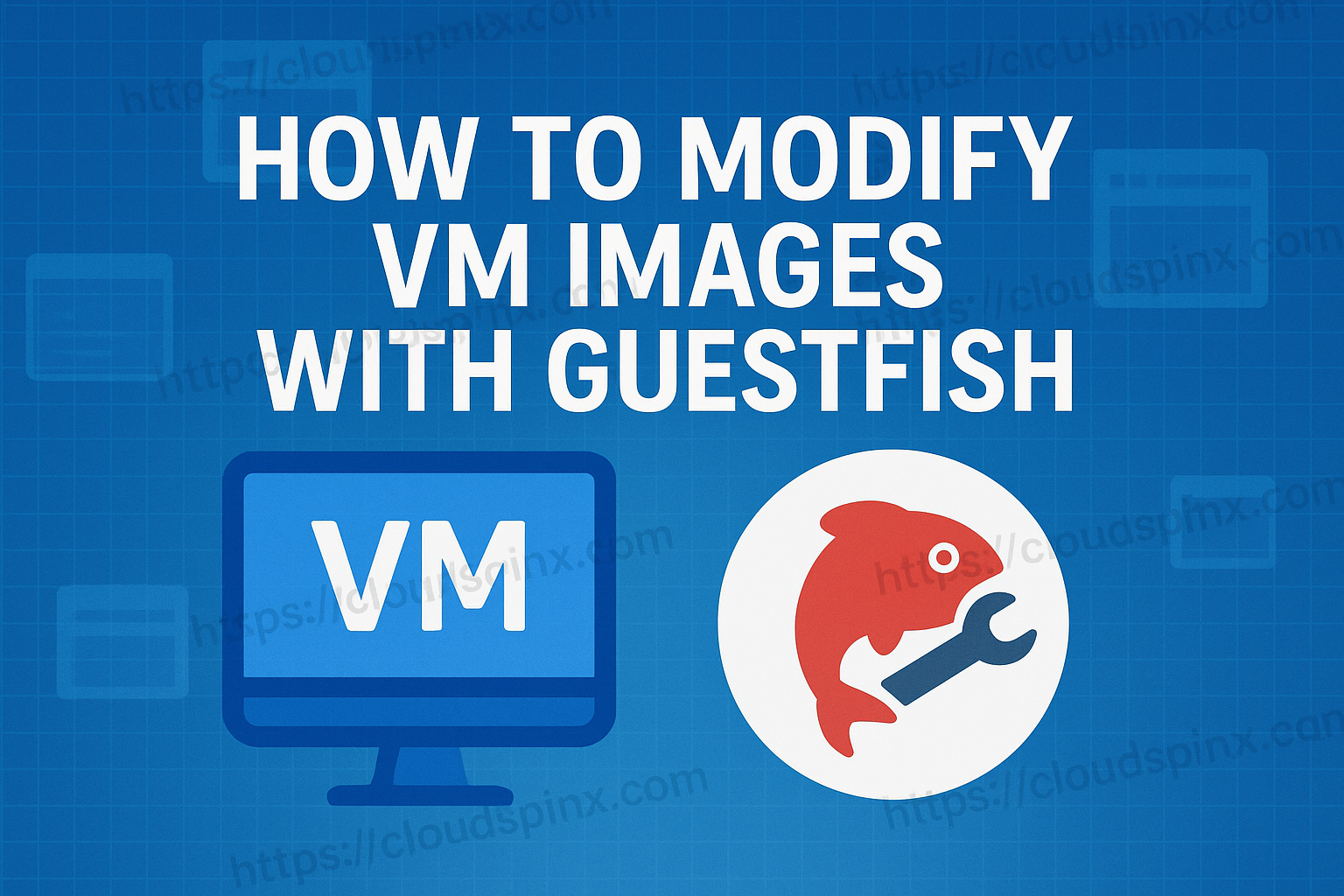Vagrant is one of the developer tools when working with KVM. It enables developers and system administrators to quickly build and manage virtual machine environments in a single workflow. It focuses on automation to lower the time required to bring up your development environment, while ensuring it’s portable, reproducible and disposable.
Vagrant by default support VirtualBox, Hyper-V, and Docker. However, alternative providers can be installed to support other virtualization platforms such as KVM and VMware.
In this section we discuss how you can utilize existing KVM hypervisor to run vagrant boxes and have isolated virtualized environments. But before another provider can be used, it must be installed. These vagtant providers are installed via the Vagrant plugin system.
To have a working vagrant setup with libvirt, the vagrant-libvirt has to be installed configured. Of course Vagrant is the main dependency that we must install before the plugin.
Installation of Vagrant
Vagrant has to be installed as the first dependency. This can be done from an upstream repository or from official binary files.
Install vagrant from repositories
- Install on Debian / Ubuntu:
wget -O - https://apt.releases.hashicorp.com/gpg | sudo gpg --dearmor -o /usr/share/keyrings/hashicorp-archive-keyring.gpg
echo "deb [arch=$(dpkg --print-architecture) signed-by=/usr/share/keyrings/hashicorp-archive-keyring.gpg] https://apt.releases.hashicorp.com $(lsb_release -cs) main" | sudo tee /etc/apt/sources.list.d/hashicorp.list
sudo apt update && sudo apt install vagrant
vagrant --version- Install on RHEL / Rocky / AlmaLinux / CentOS:
sudo yum install -y yum-utils
sudo yum-config-manager --add-repo https://rpm.releases.hashicorp.com/RHEL/hashicorp.repo
sudo yum -y install vagrant
vagrant --version- Install on Fedora:
sudo dnf install -y dnf-plugins-core
sudo dnf config-manager addrepo --from-repofile=https://rpm.releases.hashicorp.com/fedora/hashicorp.repo
sudo dnf -y install vagrant
vagrant --version- Install on Amazon Linux:
sudo yum install -y yum-utils shadow-utils
sudo yum-config-manager --add-repo https://rpm.releases.hashicorp.com/AmazonLinux/hashicorp.repo
sudo yum -y install vagrant
vagrant --version- Install on SUSE / openSUSE:
VER=$(curl -s https://api.github.com/repos/hashicorp/vagrant/releases/latest|grep tag_name|cut -d '"' -f 4|sed 's/v//')
wget https://releases.hashicorp.com/vagrant/${VER}/vagrant-${VER}-1.x86_64.rpm
sudo zypper in vagrant-${VER}-1.x86_64.rpmTo know if the installation succeeded, check the version of vagrant installed.
vagrant --versionTo see all commonly used vagrant command options:
vagrant --helpTo get help page on any individual command run:
vagrant <command> -h
# Example
vagrant box -hInstallation of Vagrant-libvirt plugin
Vagrant-libvirt is plugin for Vagrant that adds a Libvirt provider to Vagrant, allowing Vagrant to control and provision machines via Libvirt toolkit.
The installation of vagrant-libvirt has the following dependencies:
- Vagrant
- Libvirt (and QEMU) – Refer to the chapter on KVM installation
- GCC and Make
Confirm KVM is functional in your system
systemctl status libvirtdIf not running, follow our installation chapter for a detailed how-to.
Add your user to the libvirt group:
sudo usermod -aG libvirt $(whoami)
newgrp libvirtInstall on Ubuntu / Debian
Remove distro provided vagrant-libvirt plugin if installed since it could be oldest version.
sudo apt purge vagrant-libvirt
sudo apt hold vagrant-libvirtNext install dependencies required
sudo apt update
sudo apt install -y build-essential libvirt-daemon-system \
ebtables libguestfs-tools ruby-fog-libvirt libvirt-dev ruby-devInstall dependencies required, then libvirt vagrant plugin by running the following commands.
sudo gem install nokogiri
vagrant plugin install pkg-config vagrant-libvirt vagrant-mutateConfirm the installation was successful by checking the list of installed plugins:
vagrant plugin listInstall on Rocky / AlmaLinux
Begin with the installation of dependencies:
- Rocky / AlmaLinux / CentOS Stream 9:
sudo dnf config-manager --set-enabled crb
sudo yum -y install ruby libvirt-devel
sudo yum -y groupinstall "Development Tools"- Rocky / AlmaLinux 8
sudo dnf config-manager --set-enabled powertools
sudo yum -y install ruby libvirt-devel
sudo yum -y groupinstall "Development Tools"Install libvirt vagrant plugin
sudo gem install nokogiri
vagrant plugin install pkg-config vagrant-libvirt vagrant-mutateConfirm the installation was successful by checking the list of installed plugins:
vagrant plugin listIf your installation succeeded, there should be vagrant-libvirt in output:
pkg-config (1.5.9, global)
vagrant-libvirt (0.12.2, global)Install on openSUSE
Get the latest stable release version number of vagrant:
VER=$(curl -s https://api.github.com/repos/hashicorp/vagrant/releases/latest|grep tag_name|cut -d '"' -f 4|sed 's/v//')Pull the rpm package from vagrant binary downloads page.
wget https://releases.hashicorp.com/vagrant/${VER}/vagrant-${VER}-1.x86_64.rpmInstall downloaded package using zypper command line utility.
sudo zypper install --allow-unsigned-rpm --no-confirm vagrant-${VER}-1.x86_64.rpm
